A bathroom remodel can transform an ordinary space into a personal oasis, offer increased home value, and improve functionality. It, however, involves several crucial steps and decisions. This involves astute planning and budgeting, wise selection of materials and fixtures, proficient engagement with building professionals, and awareness of potential pitfalls. By understanding these diverse aspects, you can navigate the remodeling process with confidence, ensuring a bathroom that’s not only aesthetically pleasing, but also functional and financially feasible.
Planning and Budgeting Your Bathroom Remodel
Setting a Budget for Your Bathroom Remodel
The first and often most crucial step in the bathroom remodeling process is setting a budget. This not only brings clarity to what you can afford but also helps in making decisions about materials, designs, and labor. Start by determining how much you are willing to spend on this project and stick to it to avoid running off your budget. The budget will guide the scope of your remodel – whether it’s a simple update or a complete overhaul.
Determining the Scope of Your Bathroom Remodel
Once you have a budget in place, it will help you establish the scope of the remodel. Are you planning a full, gut-to-studs remodel, or are you looking to make modest changes like repainting, updating fixtures, or replacing a vanity? Precision in defining the scope can help keep the remodel from spiraling out of control in terms of time and cost.
Deciding on a Style or Theme
Next, you need to select a style or theme for your bathroom. This choice should reflect your personal taste and the overall style of your home. You may choose a traditional, contemporary, or transitional design. Other popular bathroom themes are nautical, spa-inspired, rustic, or industrial. Your choice of style or theme will influence the selection of fixtures, color palette, materials, and layout.
Considering Return on Investment (ROI)
Any investment in your home should ideally increase its value. Bathroom remodels, in particular, can offer one of the highest returns on investment (ROI) among household renovations. Consider using materials and designs that are likely to remain in style for an extended period, which will appeal to potential buyers if you plan on selling your home in the future. Remember, a well-planned and executed bathroom remodel can significantly boost your property’s value.
Possible Ways to Save Costs on Your Bathroom Remodel
There are several ways to save costs on your remodel without sacrificing quality. One strategy is to retain the existing layout. Moving walls, plumbing, or electrical lines can add significant cost. Replacing rather than refinishing fixtures is another way to cut costs. Also, consider using less expensive alternatives to high-end materials. For example, choosing luxury vinyl flooring instead of natural stone can give you the high-end look without the high-end price tag.
Planned Purchases and Professional Services
Finally, allocate funds for purchasing materials, fixtures, and professional services like plumbing, electrical work, and construction. The balance you strike between doing it yourself and hiring professionals can significantly impact the project cost. One rule of thumb is to hire professionals for tasks that require specialized skills or pose safety risks, like electrical work and plumbing. Doing simpler jobs yourself, like painting or installing a vanity, can save money without risking quality or safety.
To cap it all off
Initiating your bathroom remodel with meticulous planning and astute decisions can drive a rewarding project that not only adheres to your budget but also escalates your home’s value. Making these crucial decisions with care will reward you with an inviting and remodeled bathroom that will remain a joy for numerous years. Remember, remodeling isn’t just about enhancing aesthetics; it’s equally about elevating functionality and comfort.
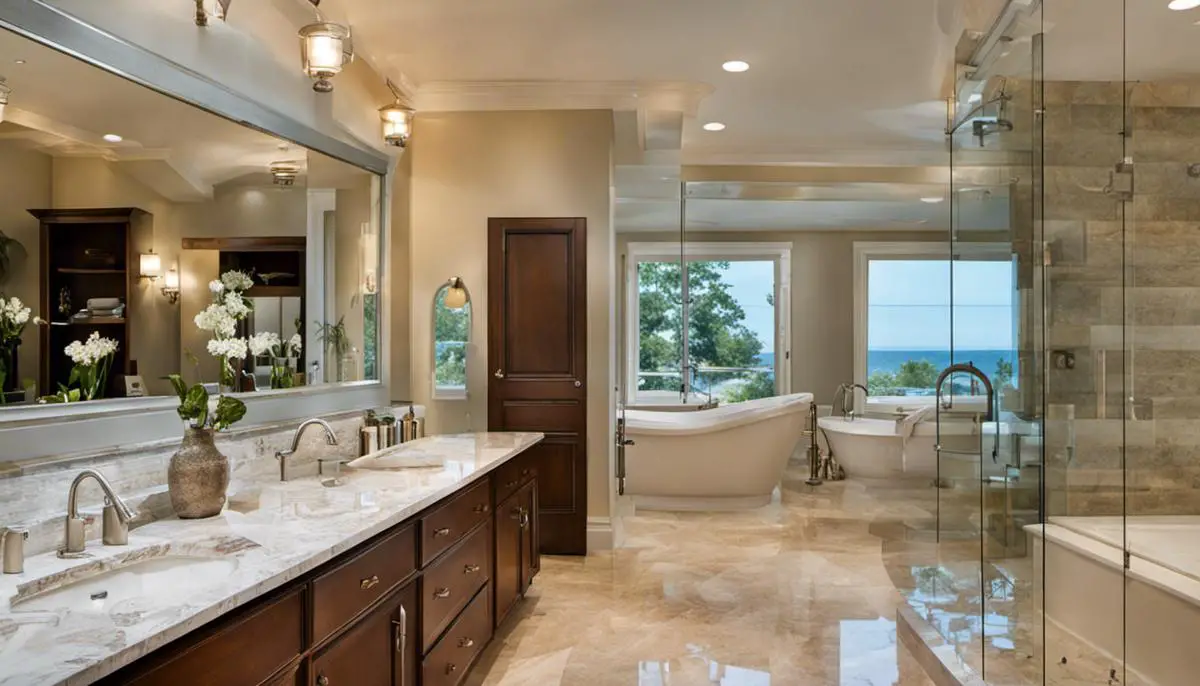
Choosing the Right Materials and Fixtures
Navigating Bathroom Tile Selection
As you delve into your bathroom remodel, one major element to contemplate is your tile choice, as it significantly contributes to the perceived character of the space. Bathroom floor and wall tiles have a broad spectrum in terms of style, size, and material. Porcelain and ceramic tiles often win homeowners’ favor thanks to their durability and resistance to water, coupled with the versatility of colors and finishes they come in. On the other hand, for those desiring a more luxurious touch, stone tiles like marble or granite can satisfy that craving, though they entail more maintenance. Take note of tile size as well; larger tiles can contribute to a small bathroom appearing more spacious, while smaller tiles can introduce additional texture.
The Right Sink for Your Bathroom
Your sink can also say a lot about your bathroom’s style. Console sinks are stylish and space-efficient but lack storage options. Undermount sinks provide a sleek look and maximize countertop space. Vessel sinks, which sit above the countertop, are bold and trendy, but their installation can be tricky. Wall-mounted sinks save space and can be wheelchair accessible but lack in storage. Consider your functional needs in terms of storage and space when selecting a sink.
Selecting Faucets and Hardware
Choosing the right faucet is also essential as it provides the finishing touch to your sink. Faucets come in a wide variety of styles, such as single-handle, double-handle, wall-mounted, and widespread. The style should complement your sink and overall bathroom aesthetics. Consider both the finish and the material. Chrome and stainless steel are durable and easy to clean, while brushed nickel, bronze, and brass offer more unique aesthetic options.
Illuminating Your Bathroom with Light Fixtures
Lighting is another crucial aspect of bathroom remodels. A blend of different light sources can best achieve even, flattering light. Overhead ambient lighting provides general illumination, while task lighting, such as vanity lights or mirror lights, is useful for grooming tasks like applying makeup or shaving. Accent lighting can highlight certain features and add a decorative element to your bathroom.
Choosing Tub and Shower
The choice of tubs and showers largely depends on the size of the bathroom and personal preference. Freestanding tubs add a touch of luxury but require more floor space than built-in or corner tubs. Walk-in showers are the most practical and common choice in smaller bathrooms due to their space-saving design. Consider the material too – acrylic and fiberglass are affordable and easy to install, but more prone to scratches and lack longevity compared to cast iron or steel.
Planning a bathroom remodel requires a strategic approach, starting with the selection of high-quality materials and fixtures that suit your personal style and meet your desired functionality. Equally important is to ensure you stay within your budget, given the fact that costs can skyrocket if not carefully managed. A well-planned and thoroughly researched remodel can yield a bathroom space that is both aesthetically pleasing and functional for many years to come.
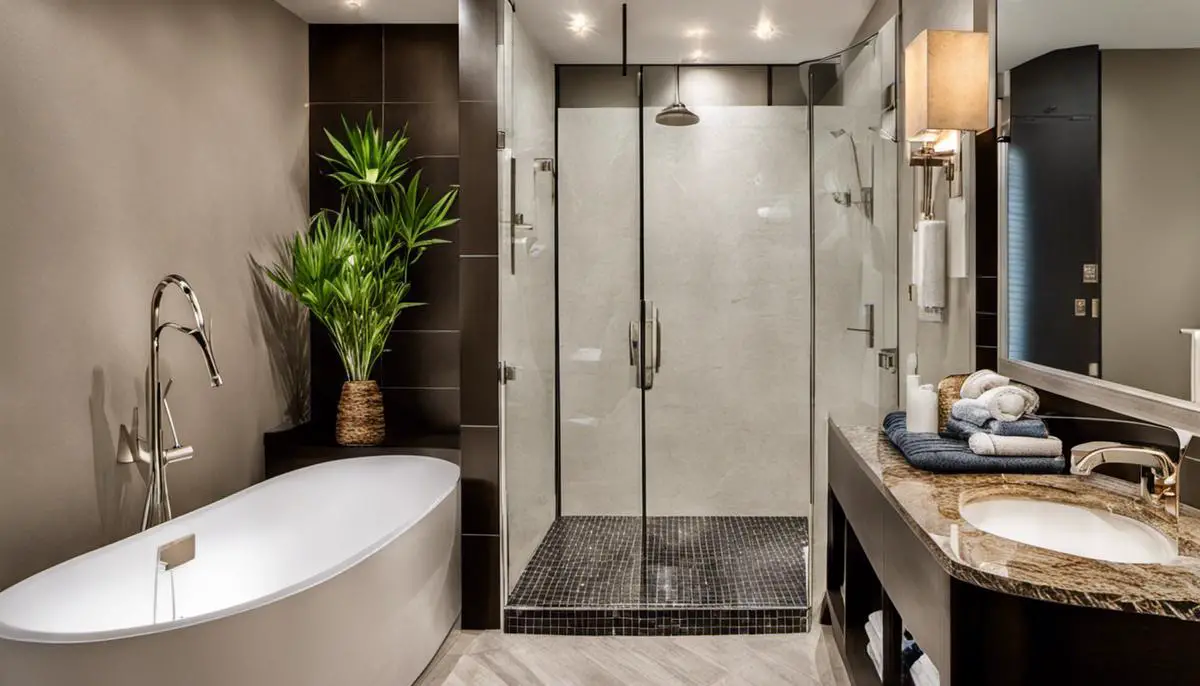
Working with Contractors and Professionals
Identifying and Hiring the Right Contractor
The selection of an expert contractor is another crucial part of your bathroom remodeling journey. Commit time to extensive research to identify and vet potential contractors, ensuring they will meet your requirements perfectly. Recommendations from your social network including friends and family, or even local trade unions can be excellent starting points. Online review platforms like Angie’s List, HomeAdvisor, and the Better Business Bureau provide valuable insights into the reputation of different contractors. Personal meetings with prospective contractors highlighting your remodel requirements are recommended. Don’t forget to discuss their licensing, insurance and professional experience in the sector. Acquiring written cost estimates from all your contractor options allows you to compare and make an informed decision.
Communicating Design Ideas Effectively
Having a clear vision for your bathroom remodel is crucial. Once you’ve decided what you want, it’s important to communicate these ideas to your contractor to ensure they understand your vision. Utilize tools such as sketches or design software to show your contractor what you’re envisioning. Don’t be afraid to include precise details like your preferred materials, fixtures, and colors. Be open to their feedback, but remember that you have the final say.
Handling Contracts and Project Timelines
Once you have chosen a contractor, it’s time to establish a contract. This should include detailed descriptions of the work to be completed, the materials needed, a price breakdown, and a stipulated timeline. Make sure every detail of the project is covered in the contract, from the start date to final inspections. Never sign a contract that you do not understand fully or that lacks any of these details.
To keep your project on track, create a timeline with your contractor. This should include the start and expected end dates, as well as deadlines for specific tasks. However, remember to be flexible, as unforeseen challenges might arise during the remodel that can lead to delays.
Securing Necessary Permits
Before any remodeling can begin, you’ll need to check if any permits are required for your project. Bathroom remodels often involve changes to plumbing, electrical systems, or the structure of the house, and thus need a permit. Your contractor should be able to advise you on the necessary permits, but it’s always a good idea to double-check with local building authorities. If you proceed without the necessary permits, you may face fines or have difficulty selling your home in the future.
Due to the intensity of a bathroom remodel investment, it’s essential to hire and work proficiently with experienced building professionals. This will guarantee the meticulous completion of the remodel, heighten the smoothness of the process, and boost your property’s value. Focus on the following helpful tips to steer clear of unnecessary complications and guarantee a successful remodel.

Common Pitfalls to Avoid During a Bathroom Remodel
Preventing Budgetary Missteps
What often trips up homeowners during a bathroom remodel is the lack of a solid budget. In many cases, expenses loom larger than anticipated, resulting in unwanted chaos, from financial stress to unfinished work, even downgrading the quality of materials used. To prevent these issues, it’s crucial to establish a realistic budget upfront, always factoring in the possibility of surprises. Professionals often recommend padding your initial budget with an extra 15-20% to cover unanticipated expenditures that often show up in the course of renovation work.
Material Selection Errors
Another common mistake involves material selection. The bathroom is a high-traffic area and subject to hot water, humidity, and heavy use. Choosing materials that cannot withstand these conditions can lead to faster wear and tear, which will in turn require more frequent repairs or replacements. Make sure to research and scrutinize the durability, resilience, and maintenance requirements of the materials you select. Always opt for quality and functionality rather than aesthetics alone.
Layout Planning Oversights
Layout planning is also an aspect where homeowners often err. They either overcrowd a small bathroom with features it cannot accommodate, or they neglect space utilization in large bathrooms. Renovations are an opportunity to improve functionality, so your layout should reflect the daily use of everyone in the house. Consider the placement of each element like the bathtub, vanity, shower, and toilet. Also, remember to allocate space for movement, dressing, and cleaning. Hiring a professional designer can be helpful in identifying the most functional and efficient layout.
Excess Customization
Excessive customization is another pitfall. While it’s natural to want a personalized space, overdoing it could potentially make the bathroom less appealing to future buyers if you plan on selling the house. Furthermore, excess customization can also lead to unnecessary costs and longer renovation timelines. Striking a balance between personalization and standard design conventions will ensure that your bathroom is not only special but also universally functional and appealing.
Neglecting Ventilation
Many homeowners forget about proper ventilation during bathroom remodels. A poorly ventilated bathroom can lead to moisture build-up, resulting in mildew, mold, and even structural damage over time. A good ventilation system is a must to ensure air circulation and extraction of moist air. Thus, consider incorporating an exhaust fan in your remodel plans.
Choosing Trend Over Timelessness
Following the latest design trends might seem appealing initially, but trends change rapidly, and what’s in style today might be outdated in a few years. Instead, opt for a timeless design that will stay relevant and stylish for many years to come. You can incorporate trends in small, interchangeable accessories, but the major elements of your bathroom should have a classic design.
Skipping Professional Help
While DIY projects can save money initially, bathroom remodels often require professional expertise, especially in areas like plumbing and electrical wiring. Unprofessional craftsmanship may lead to mistakes that can cost more to undo. Invest in a professional contractor who can ensure the remodel meets safety standards and lasts for a long time.
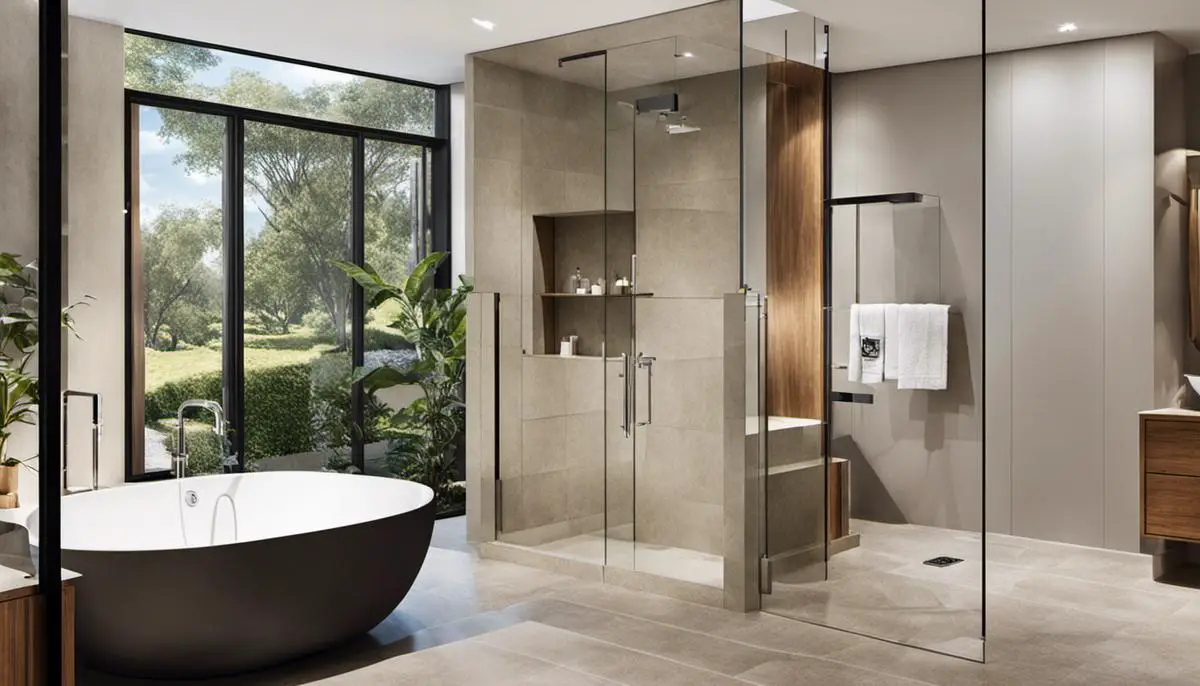
The journey to a successful bathroom remodel, although challenging, can be a gratifying process if done correctly. By keeping an informed perspective on budgeting, committing to quality material and fixture selection, fostering a productive relationship with your contractors, and diligently avoiding common pitfalls, you have every chance of turning your dream bathroom into reality. Use the given guidance as your roadmap in this home improvement expedition, aiming at a bathroom that meets your distinct style, functional needs, and boosts your overall home value.


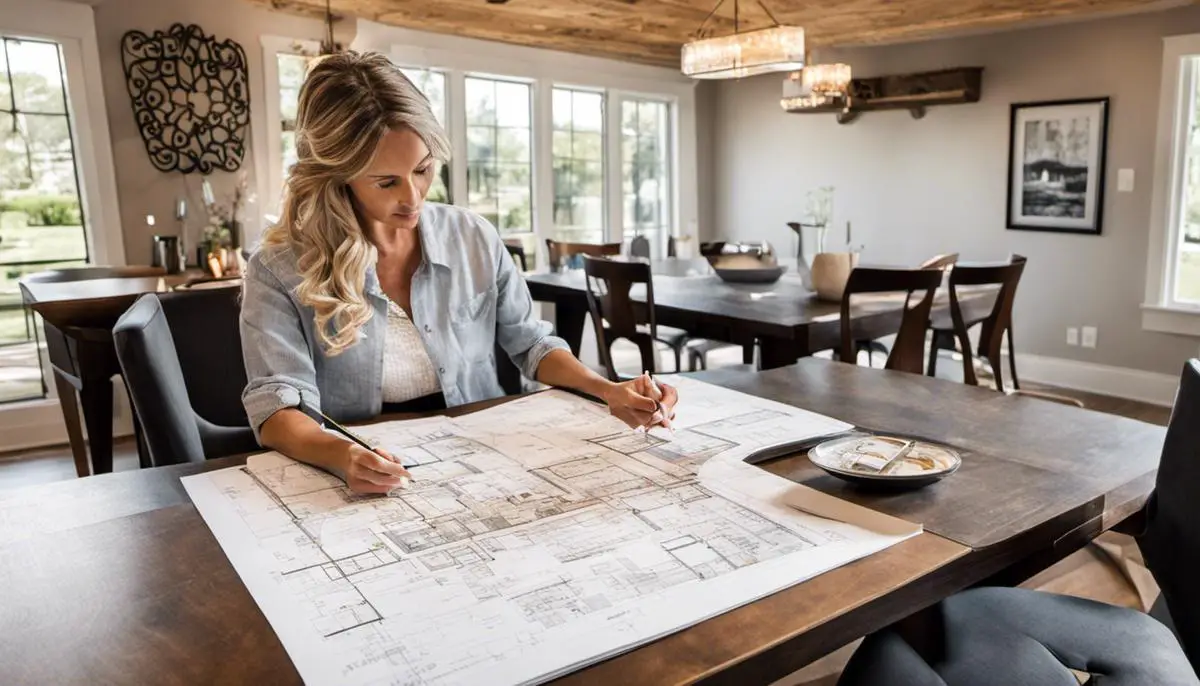
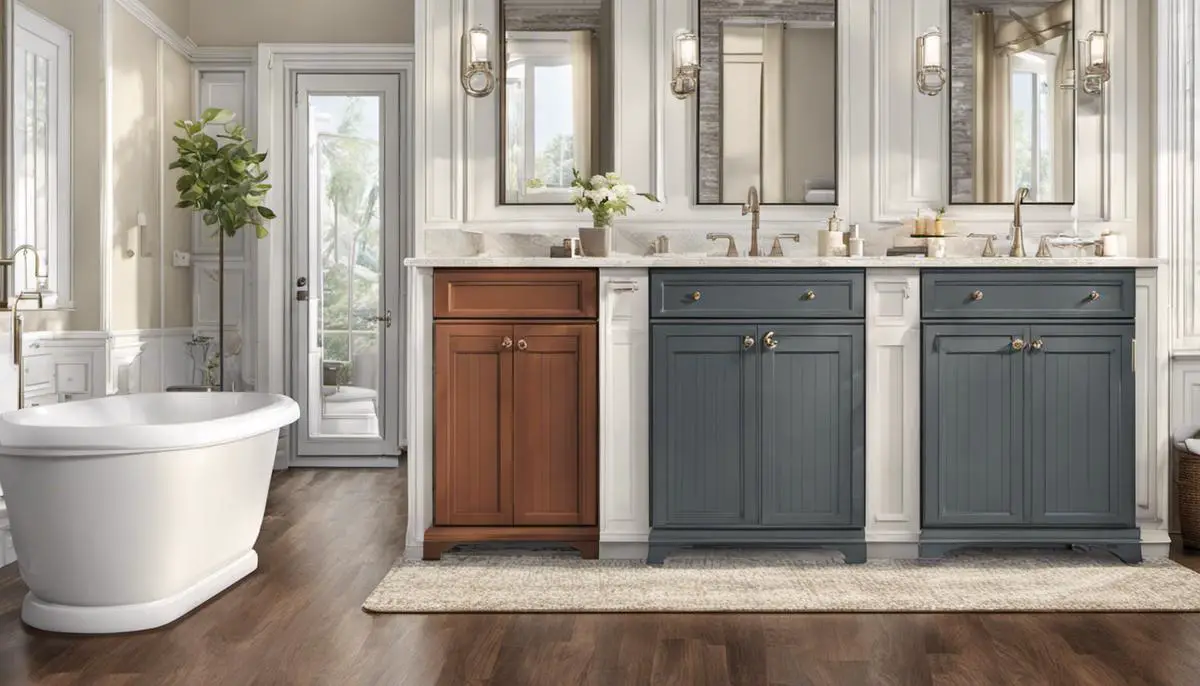
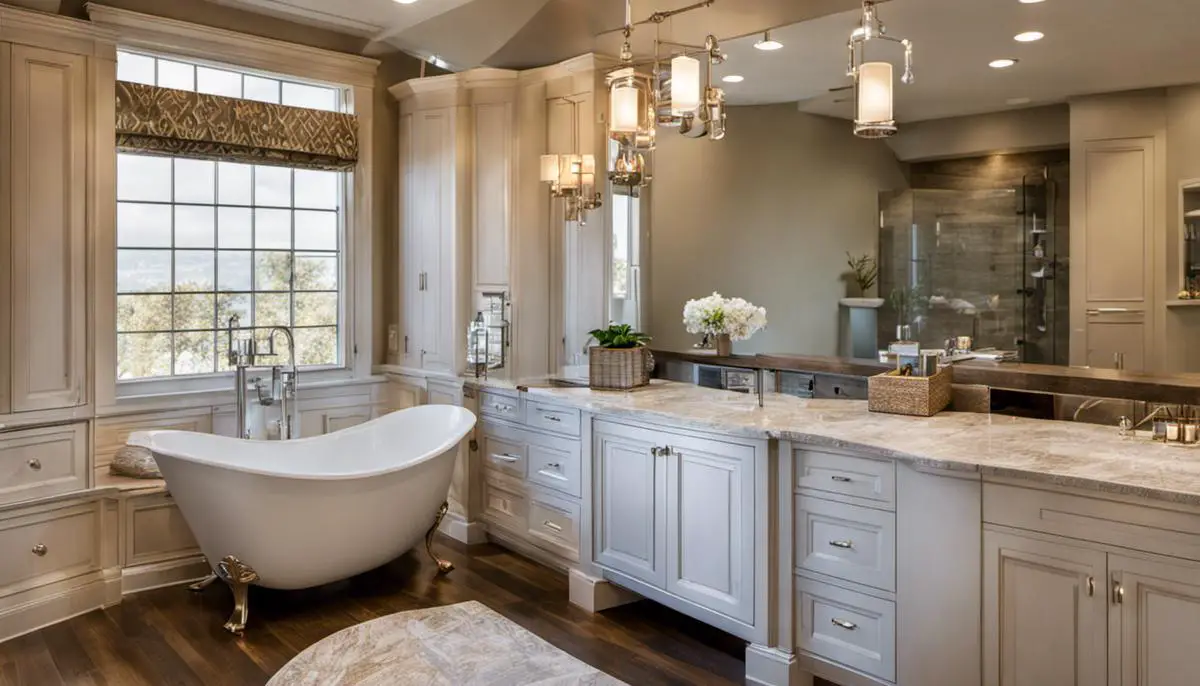
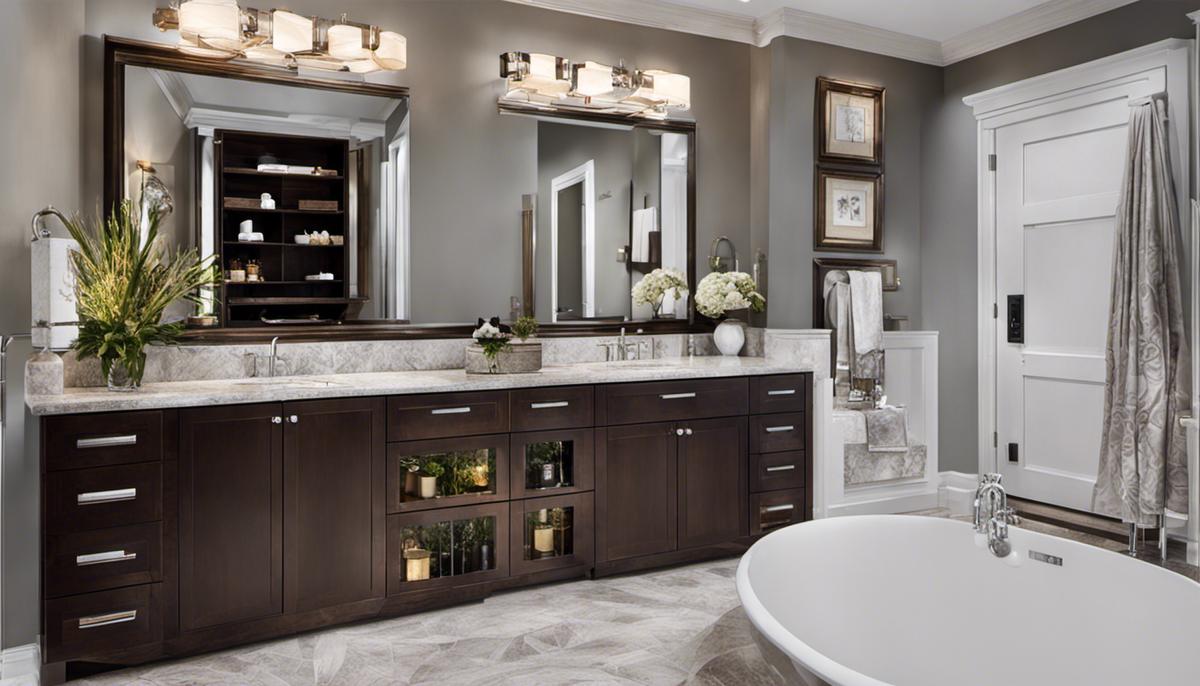
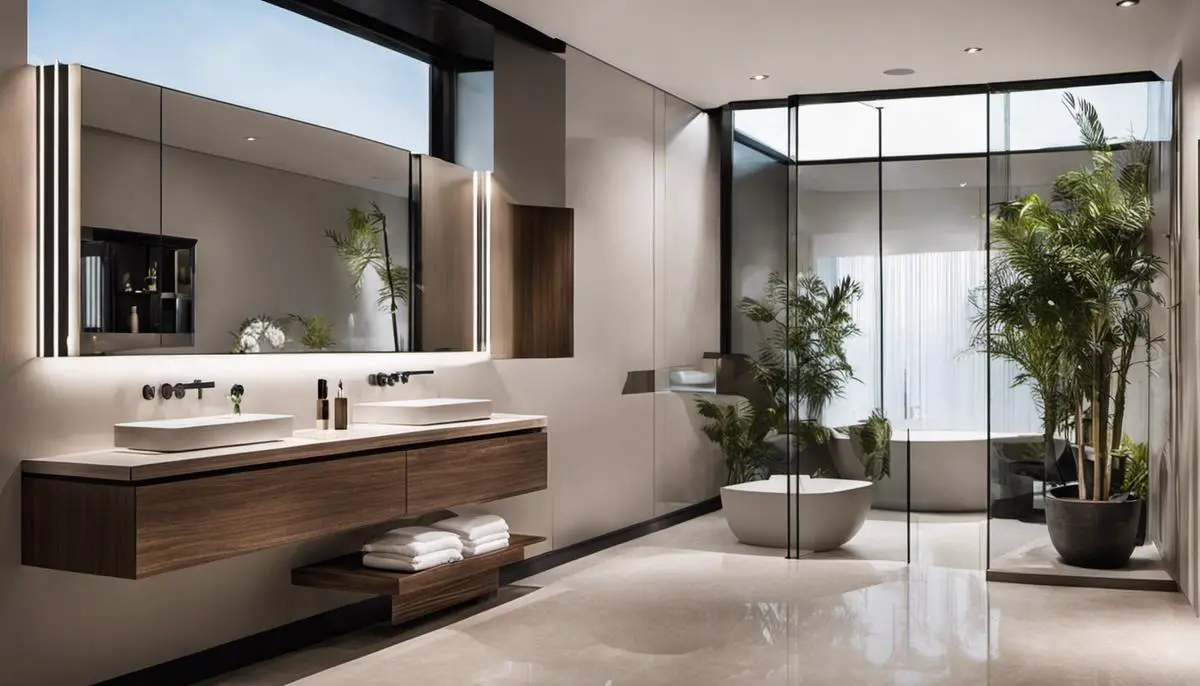
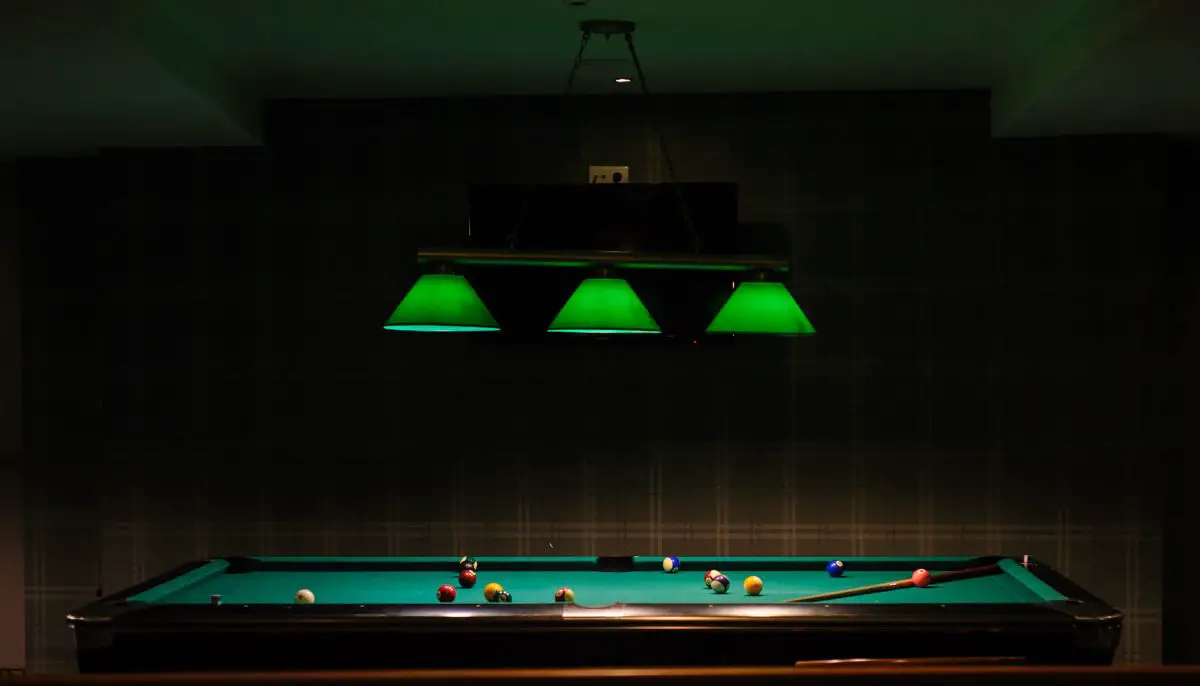
Leave a Reply